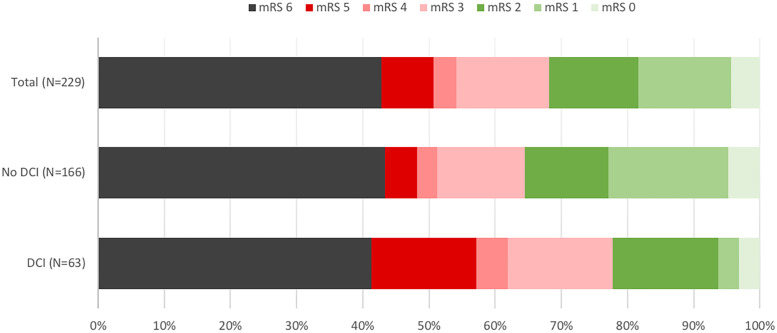Fig 3. Long-term outcome for the total population, and for subgroups diagnosed or not with delayed cerebral ischemia.
Modified Rankin Score (mRS) was assessed with a standardized phone survey at least one year after initial bleeding. The degree of disability or dependence for daily activities was measured on a scale ranging from 0 to 6: 0—No symptom; 1—No significant disability despite some symptoms; 2—Slight disability (unable to perform all of former activities but no dependence); 3—Moderate disability (help required for ordinary tasks but walking conserved without the need for assistance); 4—Moderately severe disability (inability to walk without assistance); 5—Severe disability (constantly bedridden); 6—Death. Among survivors, the proportions of patients with moderate to severe disabilities (mRS 3-5—shown in red colors) and with mRS 0-2 were compared to each other, in the “DCI” and “No DCI” subgroups using a chi-square test.

